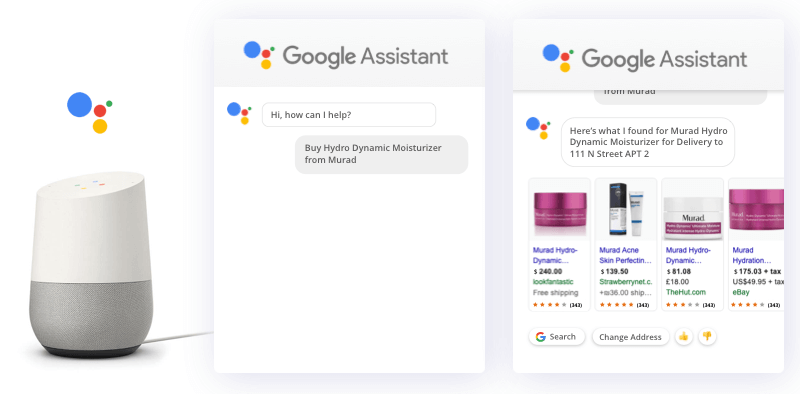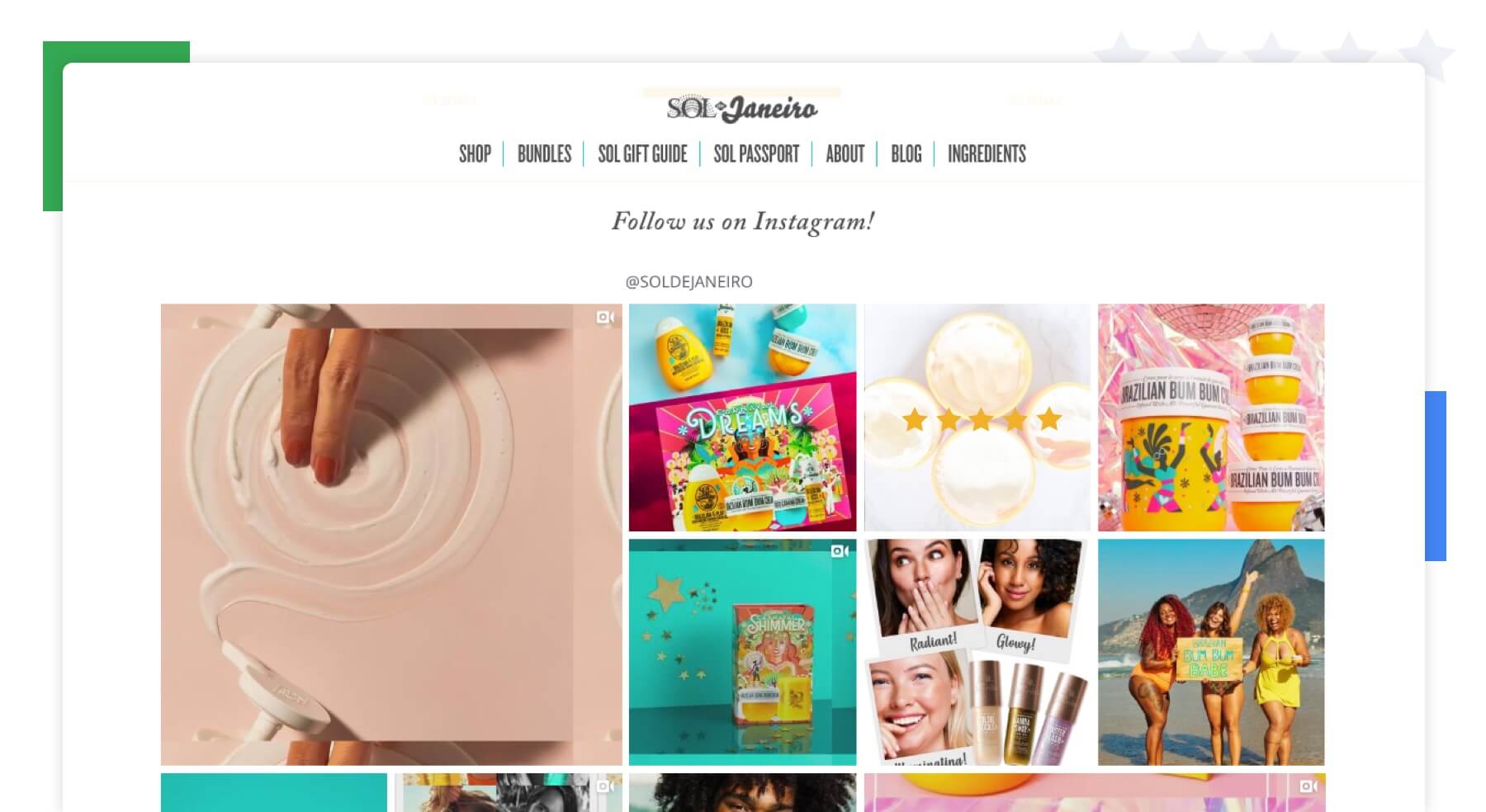Advanced Strategies and Best Practices for Google Shopping
If you’re going to invest resources into Google Shopping, it’s important that you get the most value from it. These strategies will help you boost ROI from the channel and grow revenue.
 Google Shopping Guide
Google Shopping Guide
If you’re going to invest resources into Google Shopping, it’s important that you get the most value from it. These strategies will help you boost ROI from the channel and grow revenue.
Get even more from Google Shopping with Yotpo's official integration.
In an ever-evolving search landscape, it’s not always clear what you should be doing to get the most out of Google Shopping. Let’s dig into the five best practices that can help you optimize your Google Shopping results.
A smart Google Shopping strategy starts with asking the right questions.
What are the KPIs for your campaign? Would you like to maximize click-through rate, conversion rate, or cost-per-conversion? Are you looking to boost brand discovery?
Google Shopping is an invaluable tool for driving exposure for your business, as customers are usually in a comparison shopping mindset, and open to exploring what you have to offer. 31% of shoppers were driven to a brand’s website via a Google Shopping product listing, and, despite not buying the product originally clicked on, purchased similar products within the same category. The remaining 35% of shoppers purchased a product in a completely different category.
Another great way to promote brand discovery is through Google Shopping Actions, a tool which allows shoppers to buy your products directly on Google instead of on your brand’s website. Early data on this program shows shoppers increased basket size by 30%, and merchants achieved cost-effective conversions.

Pricing strategy is critical to success, and the impact is twofold.
First, there’s the consumer side. Products on Google Shopping that are below market average receive up to 135% more clicks. Pricing also influences the Google algorithm. In one analysis, researchers found that when average product price increased by 43%, total impressions decreased by 70%.

Many users clicking on your Google Shopping Ads are still in the research and evaluation phase of the buyer journey. Consider advertising your Hero Product to these shoppers at a lower price, to stay competitive and increase conversion. Using Merchant Promotions in Google Merchant Center can also increase the appeal of your ads by clearly showcasing your special offers, helping your product stand out among competitors.
Both bidding and pricing will affect your ROI. If your product is priced higher, you’ll have to bid higher to maintain the same level of impressions. Conversely, if you lower your product price, you’ll have lower profit margins.

To help you get your pricing right, Google Shopping’s price benchmarks (currently in beta) provide insight into the competition with real-time data about average product price, as well as weighted price data based on click-throughs.
Each field within Google Shopping is an opportunity for your brand.
Make a focused effort to use high-quality product data. Fields such as title, description, and other structured data markups can dramatically improve Google’s ability to match your product with a shopper’s search query.
Best practices:
Making sure your product data is up-to-date and optimized to capture users’ searches is essential to the success of your Shopping campaigns.
Depending on your eCommerce platform, you should look to see if there’s a native plugin or extension that will help keep shopping feeds up-to-date automatically.
You should also make sure to use the full suite of services within Google for Retail. For example, local inventory can help shoppers know what products are available nearby, and smart shopping can display your products within YouTube or Gmail.
In addition to tools that help your visibility, consider software that helps with shopper decision-making. For example, make sure you’re showcasing customer feedback, like reviews and ratings.
Yotpo helps you stand out on search using this social proof. It enables you to leverage star ratings and written reviews within your Google Seller Ratings, Rich Snippets, and Google Shopping Ads.
For Google Shopping specifically, you can sync your reviews from your website with your Google Shopping feed, and populate your Google Shopping Ads with star ratings and reviews. This user-generated content is especially important for building credibility, authority, and demonstrating customer satisfaction. Yotpo customers see a 24% increase in CTR from displaying reviews and ratings in Google Shopping Ads.

There’s also an opportunity to showcase customer photos within Google Shopping, since research shows that 77% of shoppers prefer customer product images to brand photos.
Click-through is just the first step of the customer journey. To lower customer acquisition costs and develop your sales funnel effectively, you also need to ensure your website is ready to support a Google Shopping campaign.
When a high-intent shopper lands on your website from search, you have the opportunity to convert them into a customer by crafting an ideal buyer experience.
By showcasing social proof — like customer reviews, customer photos, star ratings, and other forms of UGC — at key conversion points across your site, you’ll build trust and drive conversion. With a platform like Yotpo, you can ensure that your UGC display fits your brand’s voice and tone, with customizable review widget options.

Finally, adding a Loyalty & Referrals program to your site will engage existing customers, help you reach new ones, and maximize overall LTV.

